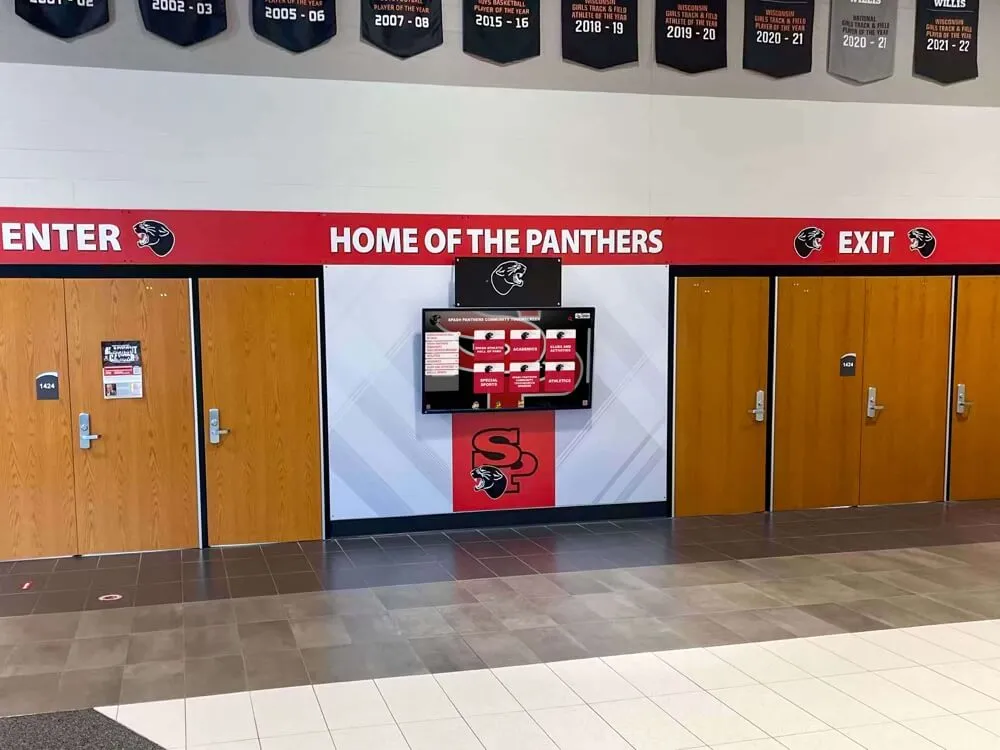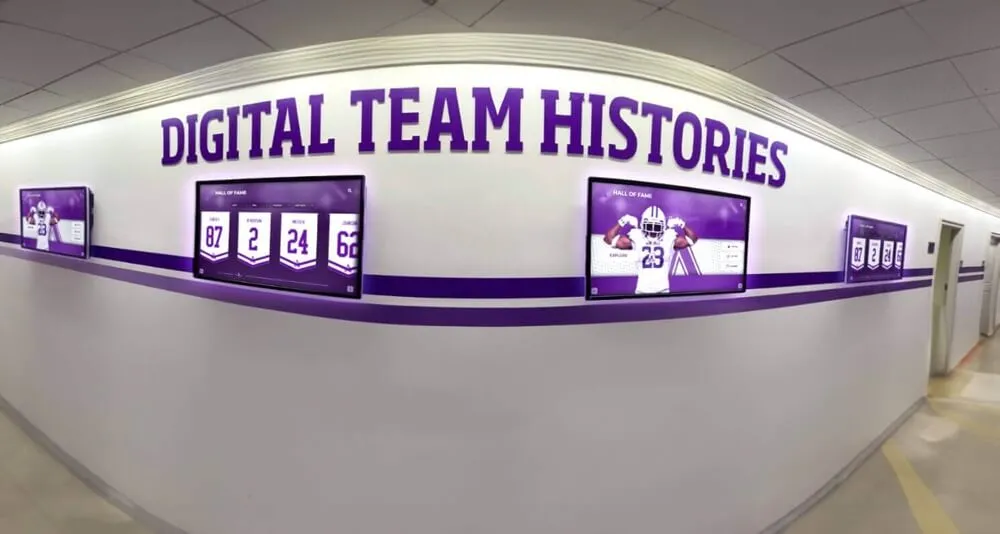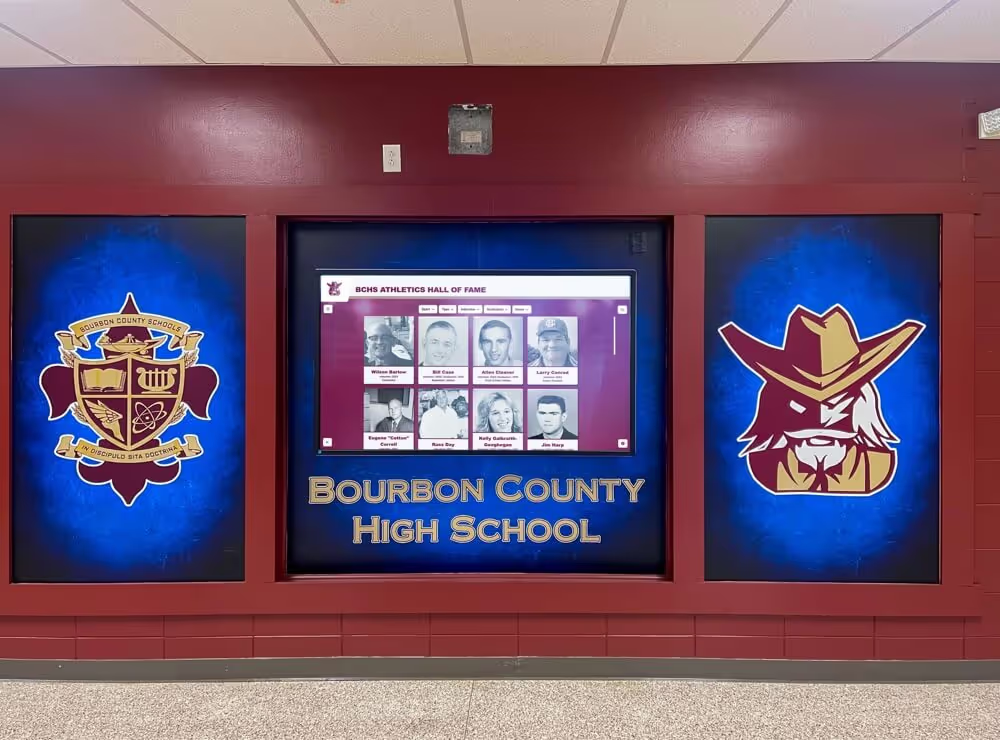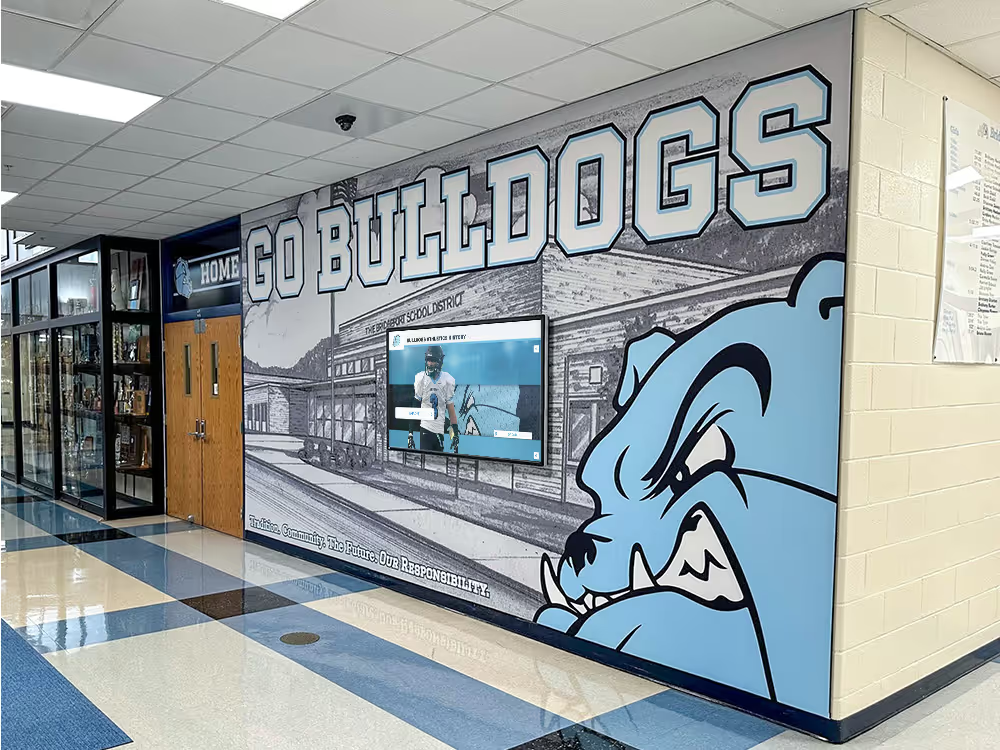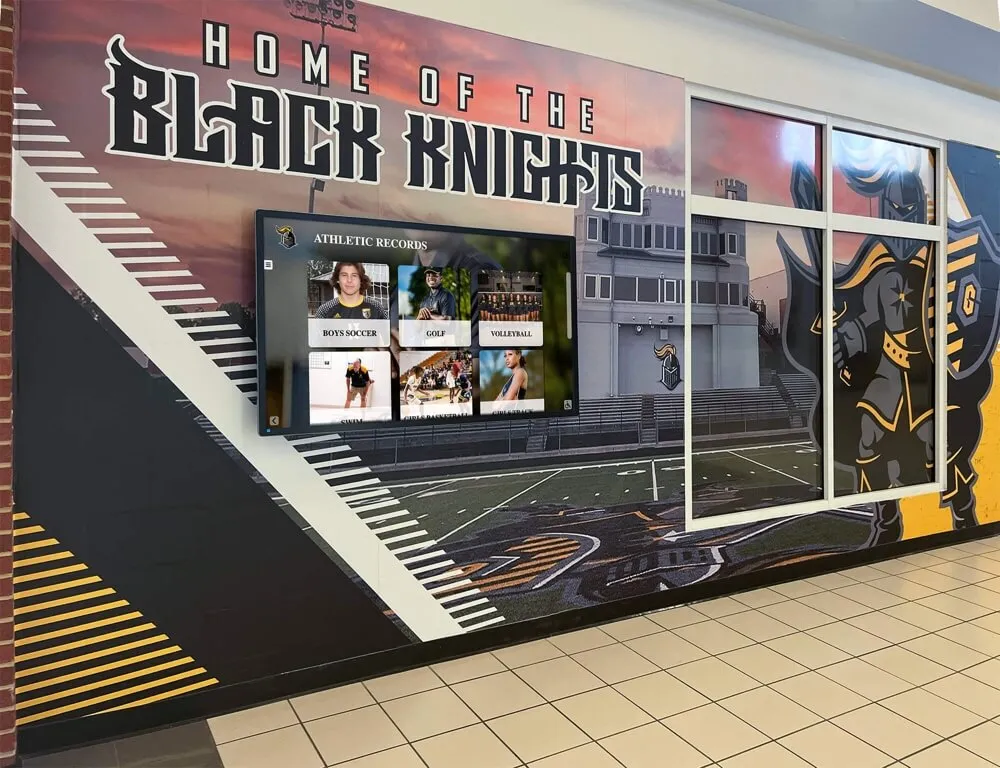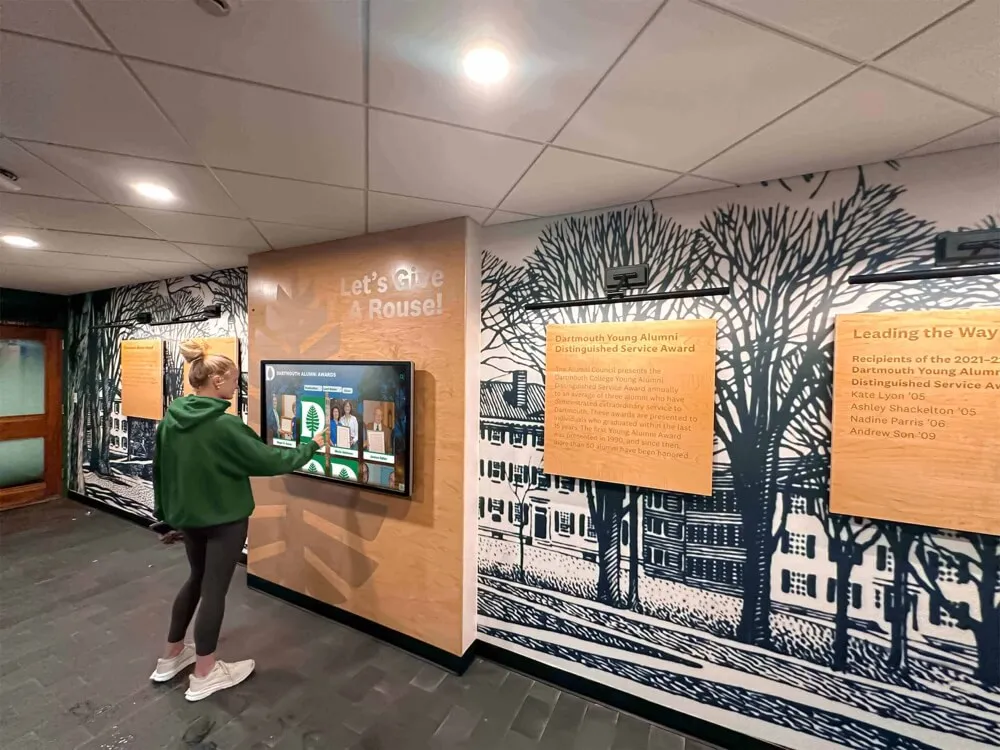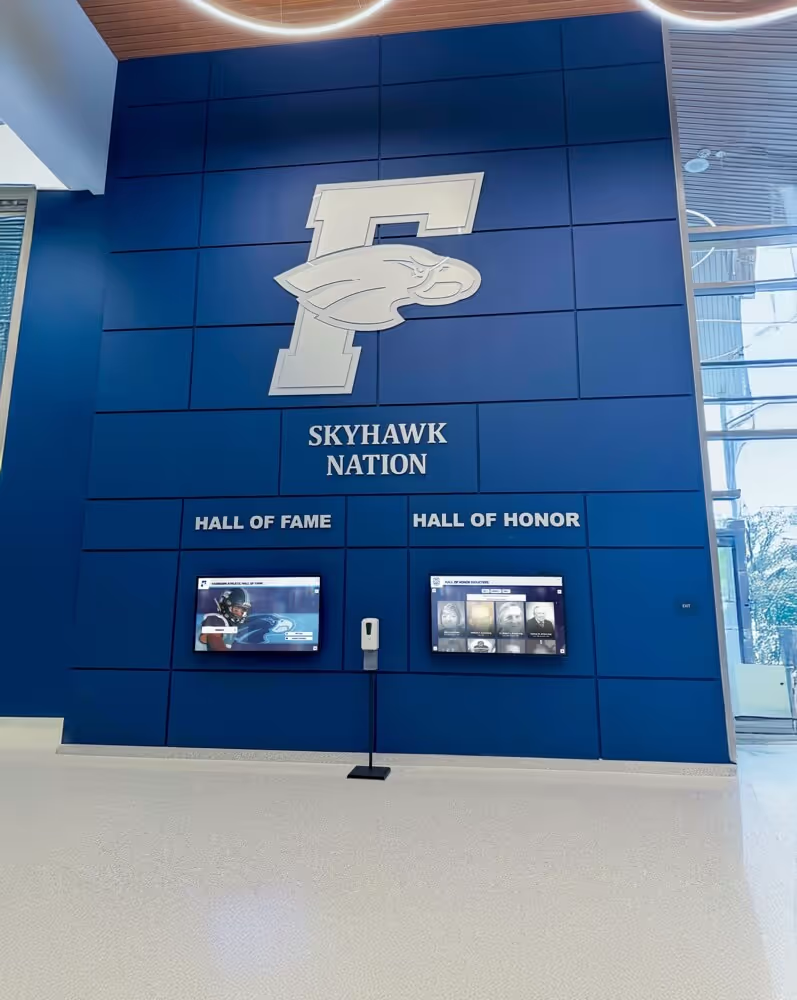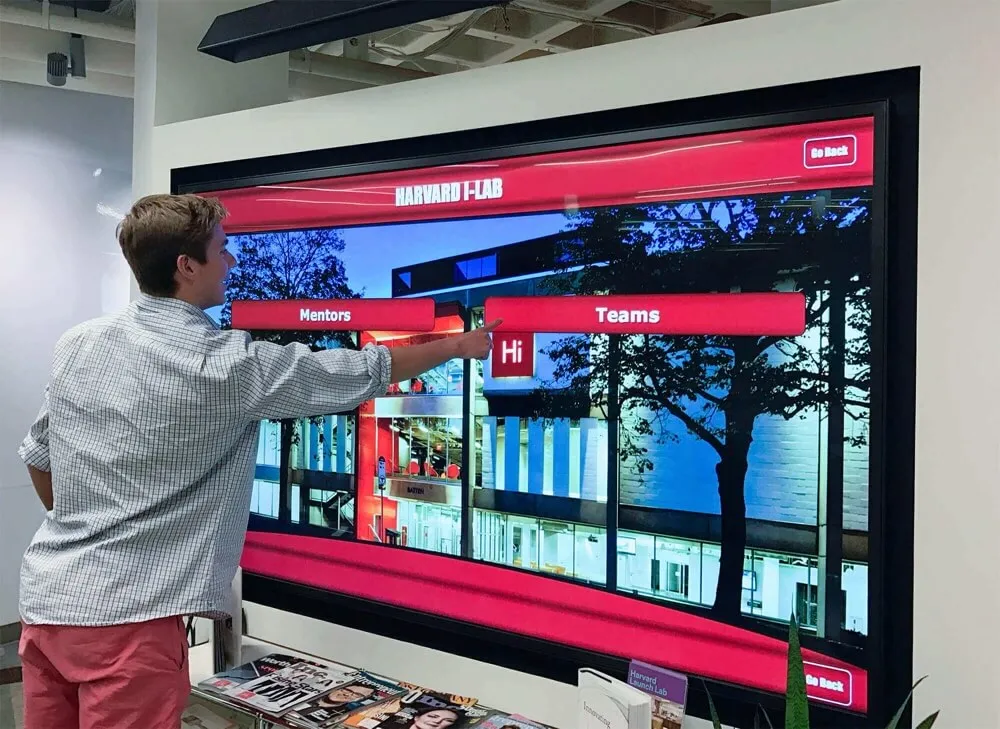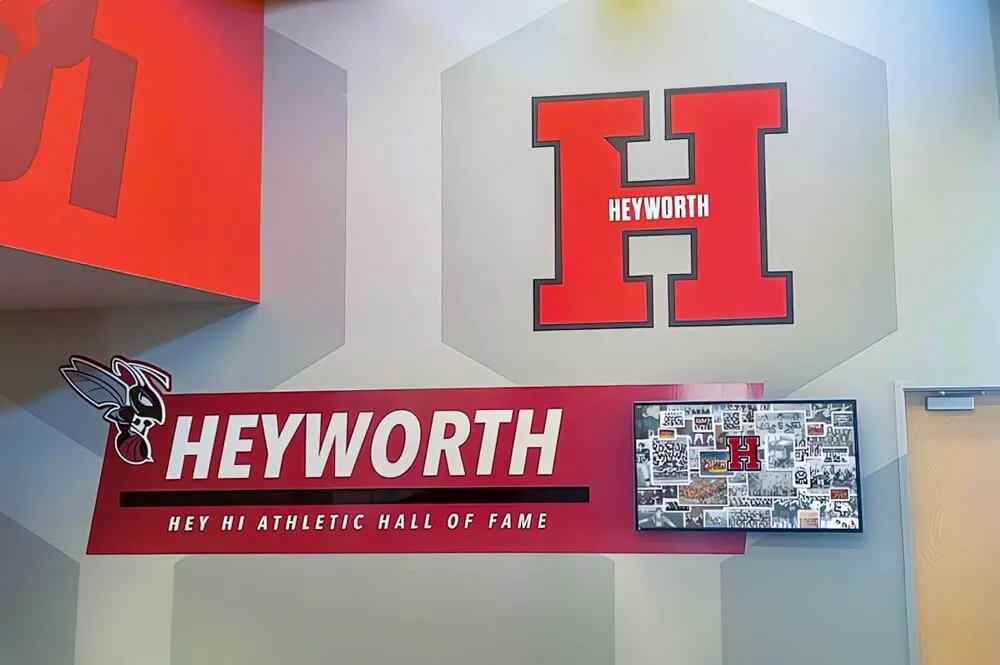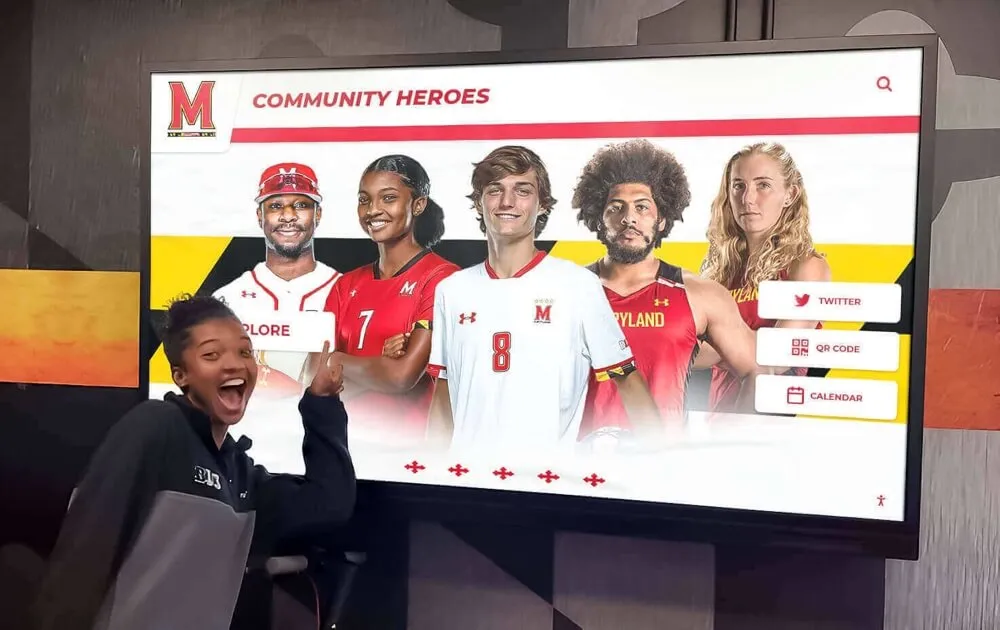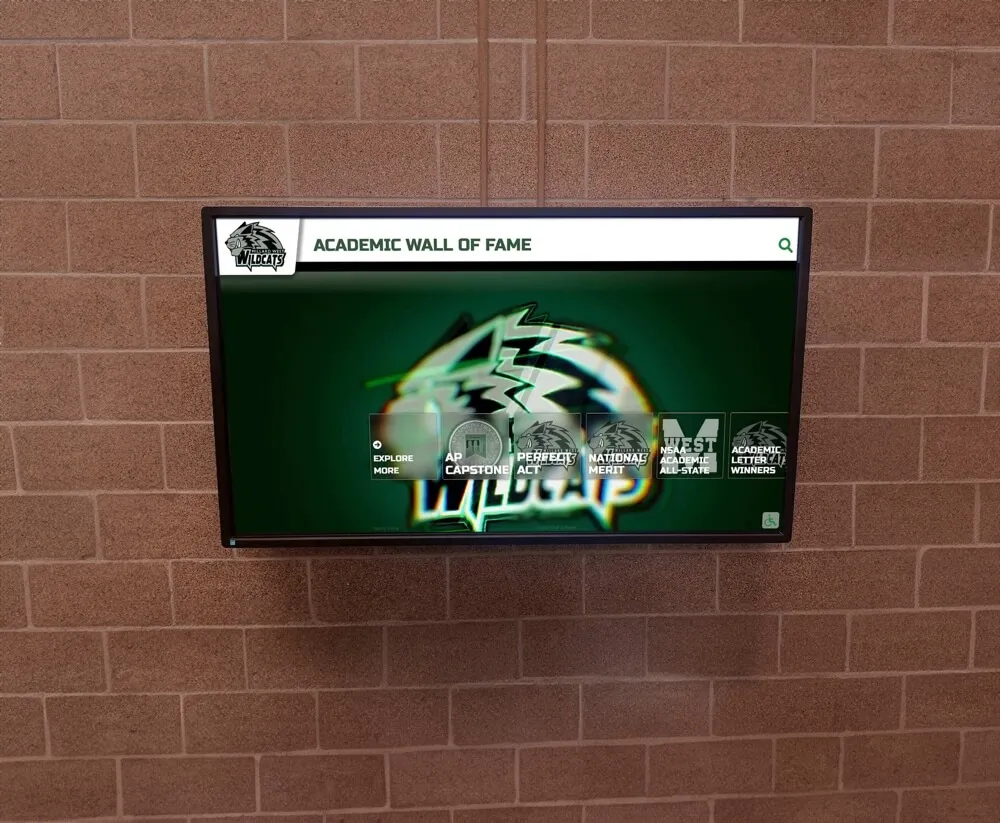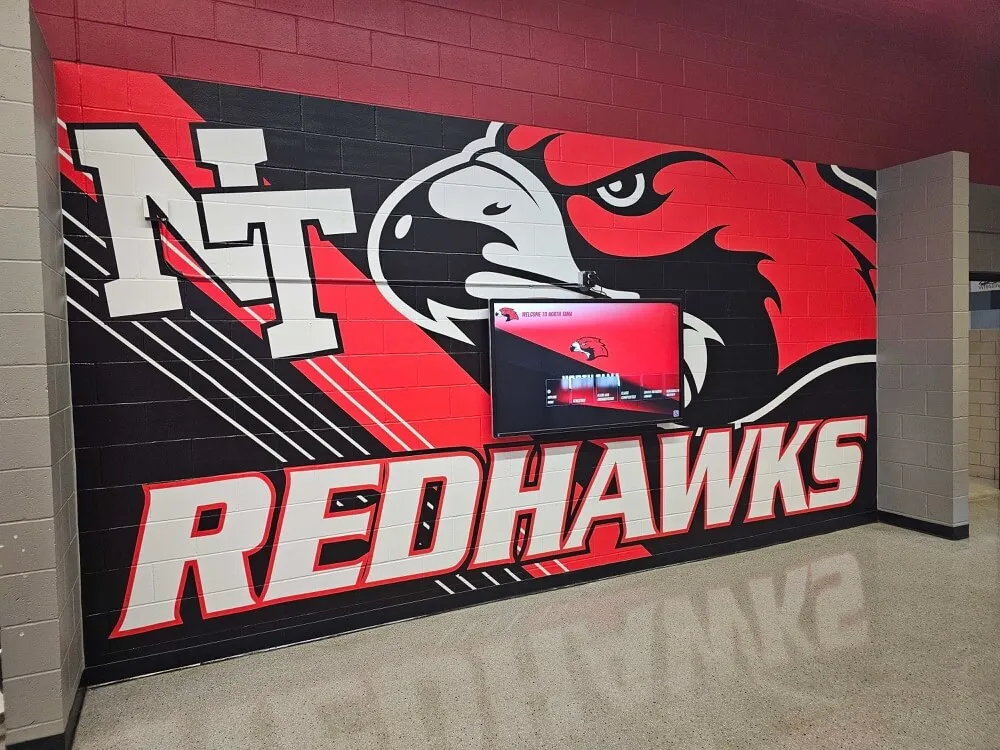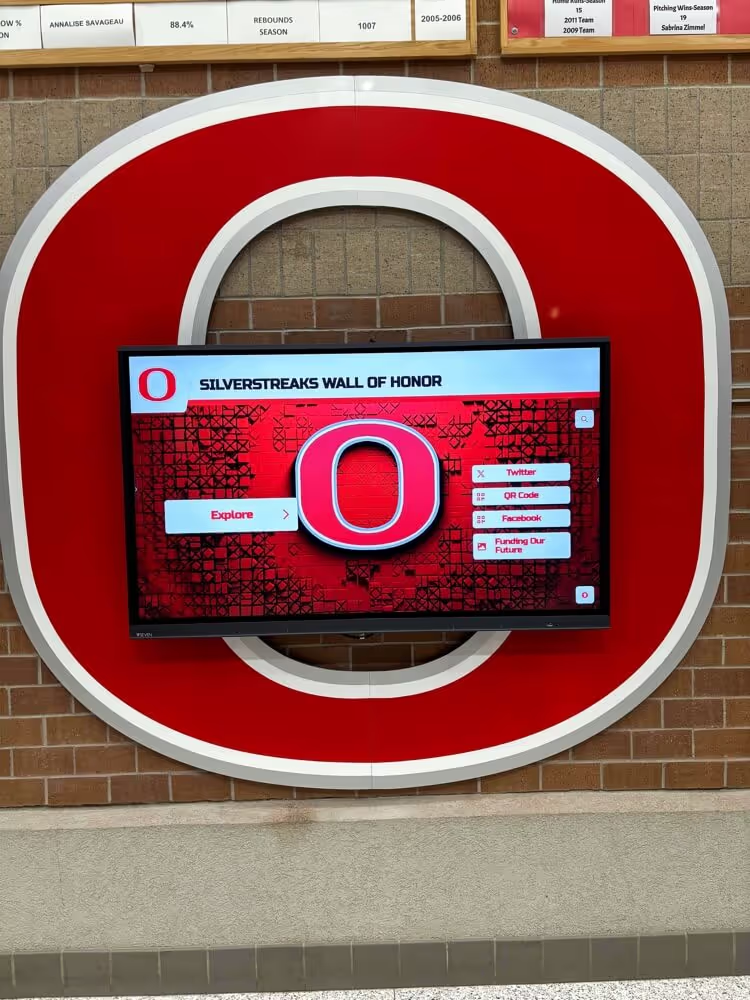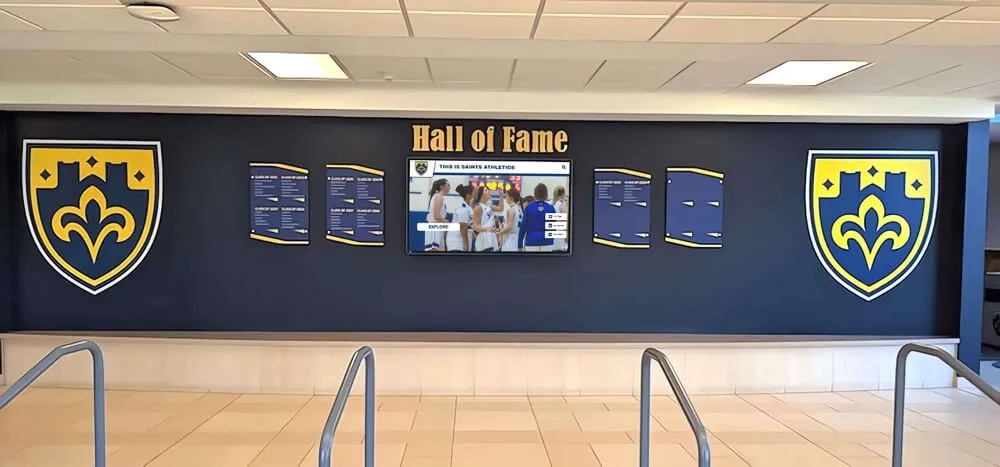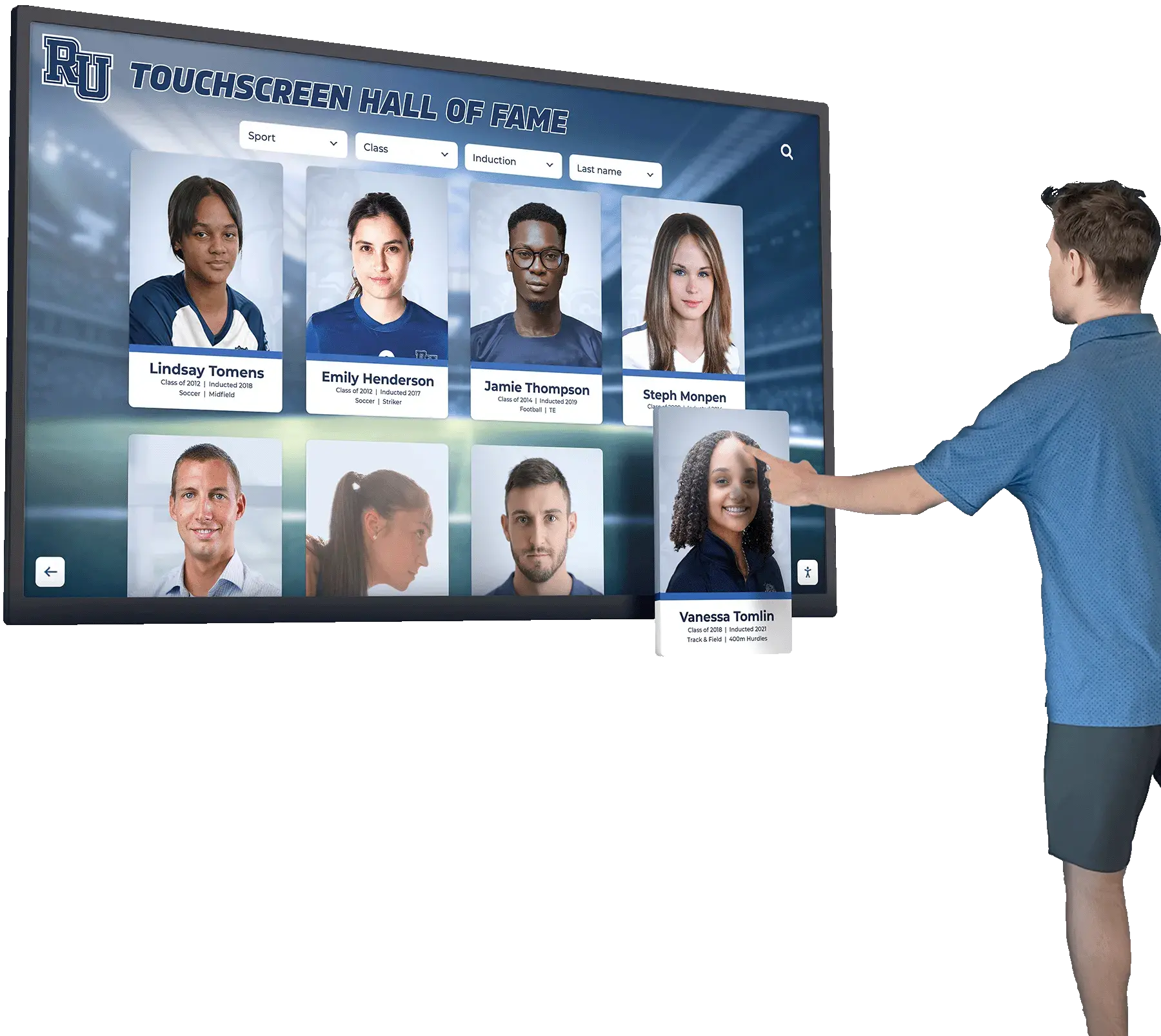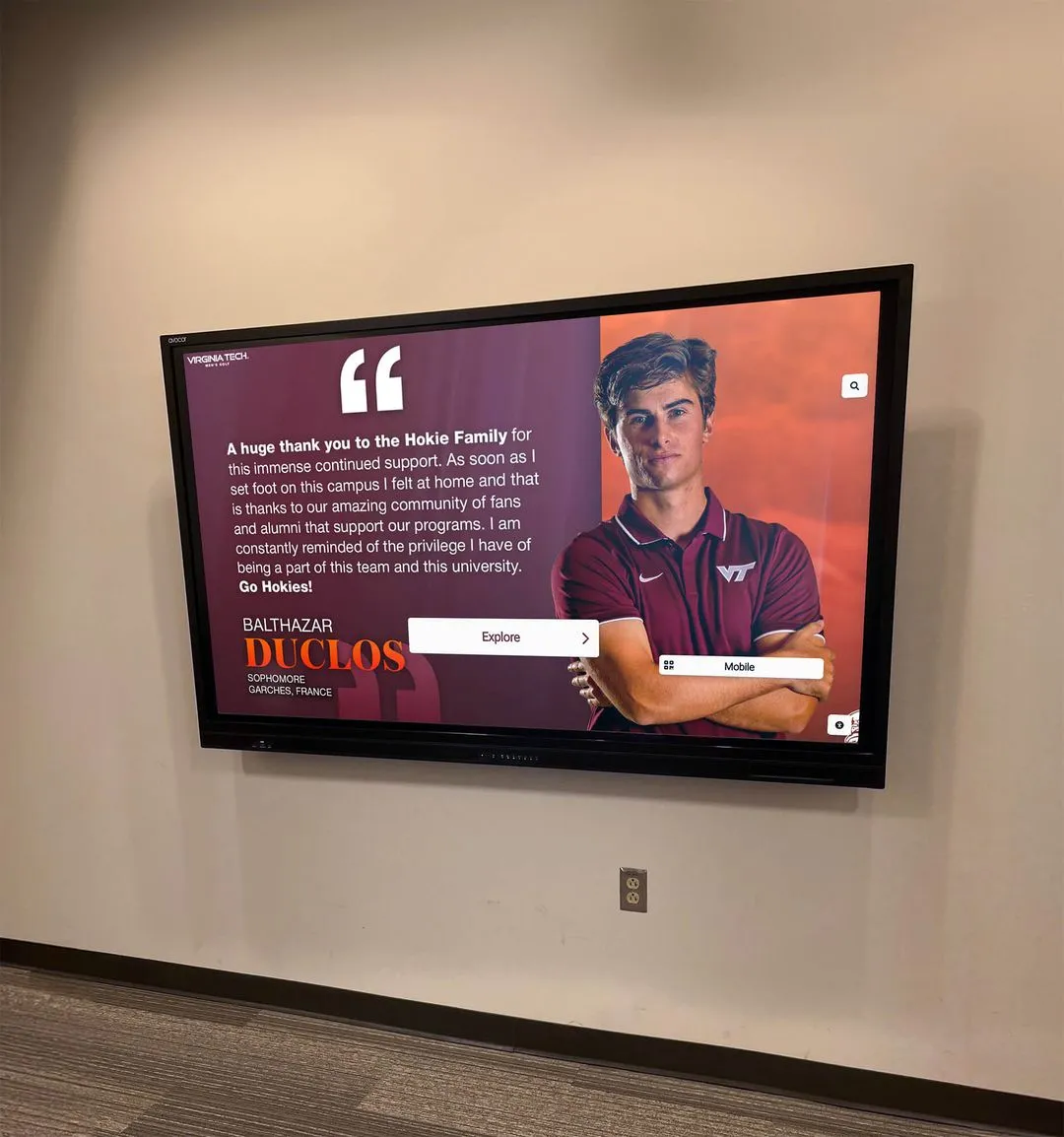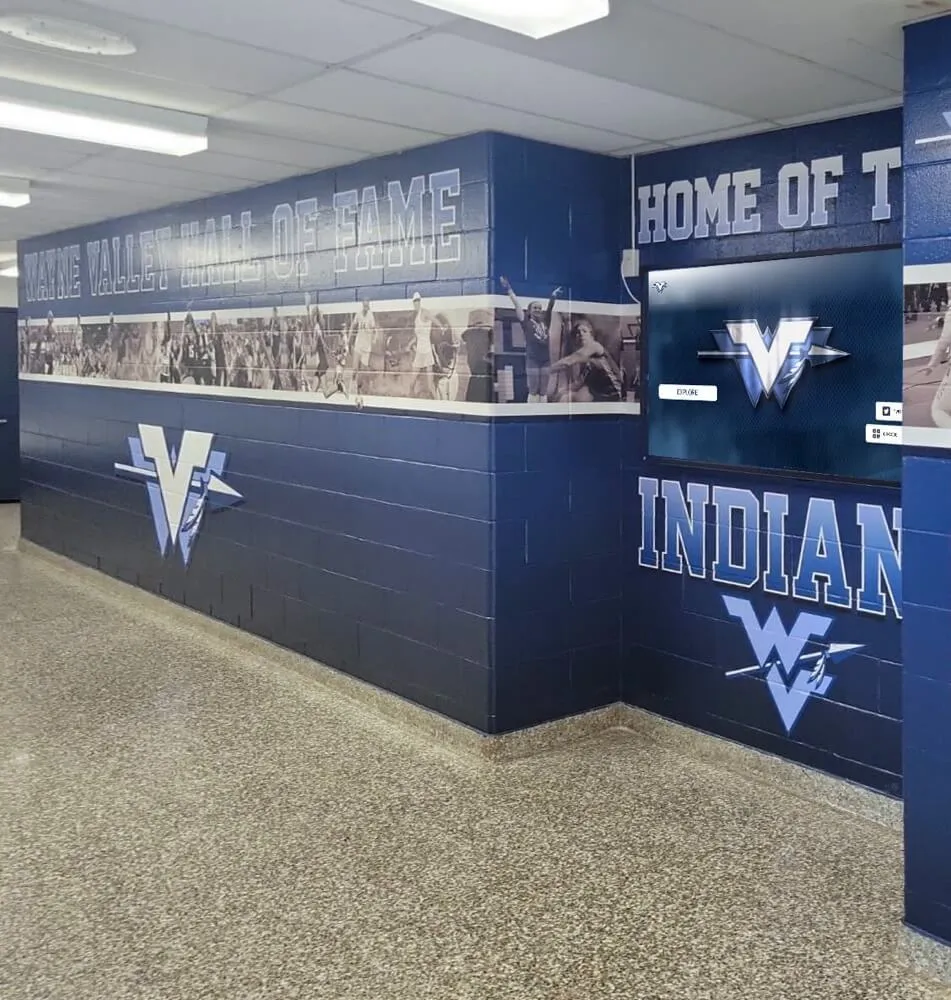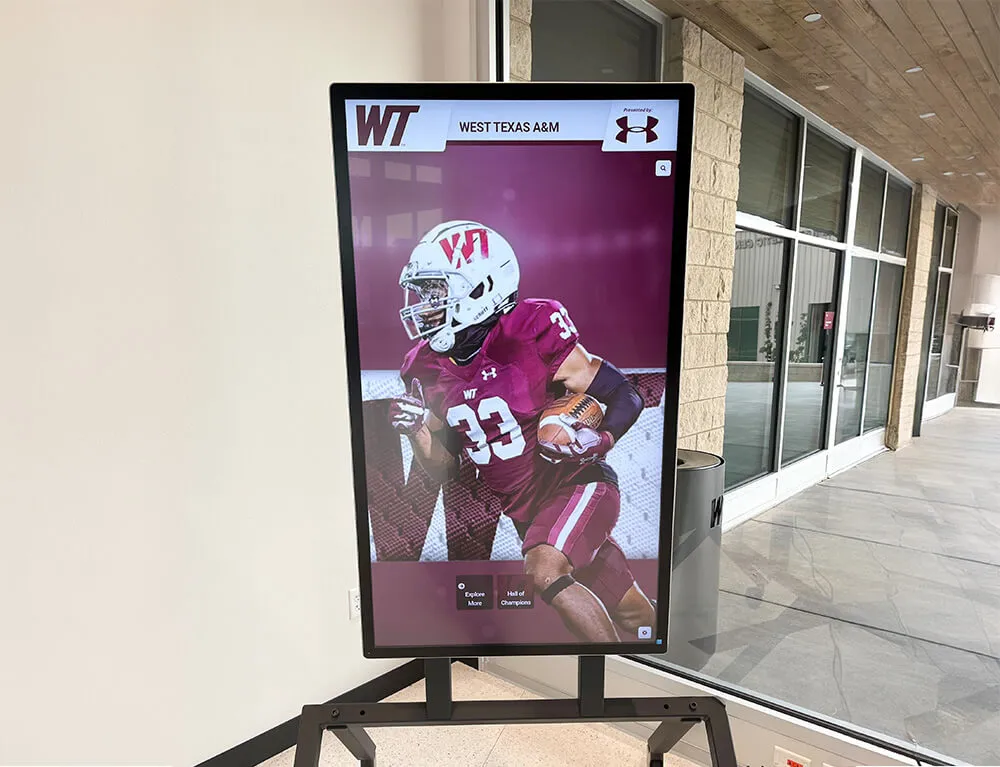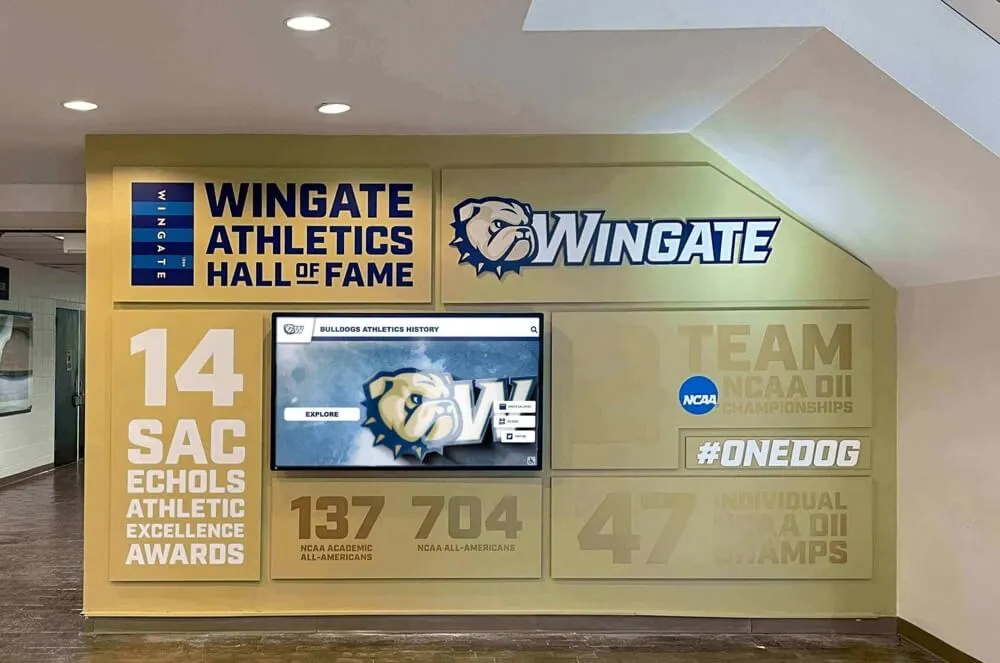Traditional recognition programs often celebrate a narrow range of achievements – typically athletics, academics, and career success in high-profile fields. As institutions modernize their recognition displays, they have an unprecedented opportunity to create truly inclusive programs that celebrate the rich diversity of achievement across their communities. Digital Walls of Fame offer both the technical capabilities and flexible frameworks to recognize excellence in all its forms.
Reimagining What Deserves Recognition
The first step toward inclusive recognition is expanding our definition of achievement:
Beyond Traditional Categories
Inclusive recognition extends to:
- Community Service Excellence: Honoring extraordinary contributions to social good
- Artistic and Creative Achievement: Celebrating cultural and artistic impact
- Entrepreneurial Innovation: Recognizing business creation and problem-solving
- Social Justice Leadership: Acknowledging work toward equity and positive change
- Educational Access Champions: Highlighting those who expand learning opportunities
- Resilience and Perseverance: Honoring extraordinary overcoming of obstacles
Achievement Context Recognition
Inclusive programs consider achievement within life context:
- Resource Disparities: Acknowledging achievements despite limited opportunities
- Structural Barriers: Recognizing success in navigating systemic challenges
- Life Circumstance Factors: Considering personal hardships overcome
- First-Generation Milestones: Celebrating pioneers in family educational journeys
- Cultural Navigation: Honoring those bridging cultural worlds successfully
Case Study: Lincoln Community School’s Recognition Revolution
Lincoln Community School transformed their approach to recognition with remarkable results:
“Our previous Wall of Fame featured mainly athletic achievements and a handful of high-profile alumni. When we reimagined our recognition program digitally, we added categories for community impact, cultural contribution, and ‘quiet leadership.’ The response was transformative—alumni who had never felt connected to our recognition culture started engaging, current students reported seeing themselves in our institutional story for the first time, and our community celebration events now draw three times the attendance they previously did.”
Their inclusive implementation included:
- Committee structure with diverse representation
- Community nomination process open to all
- Recognition categories developed through stakeholder input
- Rotating featured achievements across multiple domains
- Storytelling format that contextualizes each journey
Building Equitable Selection Processes
Inclusive recognition requires thoughtful selection mechanisms:
Representative Selection Committee
Ensure decision-making reflects community diversity:
- Demographic Representation: Age, race, gender, socioeconomic background
- Achievement Domain Expertise: Knowledge across recognition categories
- Historical Context Understanding: Awareness of past recognition patterns
- Equity Lens Facilitation: Skilled guidance for equitable deliberation
- Regular Rotation: Preventing entrenchment of particular perspectives
Transparent Criteria Development
Create clear, accessible standards for recognition:
- Community-Informed Framework: Criteria developed with diverse stakeholder input
- Multiple Achievement Pathways: Various routes to recognition eligibility
- Regular Criteria Review: Evolving standards to address emerging gaps
- Contextualized Evaluation: Considering achievements within life circumstances
- Bias-Mitigating Processes: Structured reviews that minimize unconscious bias
Representation Matters: Content Development Strategies
How achievements are presented significantly impacts inclusivity:
Narrative Context Approaches
Tell complete stories that honor diverse journeys:
- Culturally Responsive Storytelling: Narratives that respect cultural contexts
- Structural Challenge Acknowledgment: Recognition of systemic obstacles overcome
- Community Impact Emphasis: Highlighting how achievements benefit others
- Journey-Focused Narratives: Focus on process alongside outcomes
- Multi-Perspective Presentation: Including various viewpoints on achievements
Visual Representation Considerations
Imagery and design significantly impact inclusive recognition:
- Diverse Visual Representation: Ensuring imagery reflects community diversity
- Cultural Context Sensitivity: Appropriate presentation of cultural elements
- Accessibility-Centered Design: Ensuring all can engage with content
- Contemporary Representation: Avoiding outdated or stereotypical imagery
- Community Verification: Input from relevant groups on visual presentation
Technology Features That Foster Inclusivity
Digital platforms offer specific capabilities that support inclusive recognition:
Accessibility-Enhancing Features
Ensure all community members can engage:
- Screen Reader Optimization: Structured content for assistive technology
- Multiple Language Support: Content available in community languages
- Adjustable Text Sizing: User control over content presentation
- Alternative Navigation Options: Multiple ways to explore content
- Closed Captioning: Text for all audio content
Engagement-Equalizing Tools
Create balanced interaction opportunities:
- Remote Access Options: Engagement regardless of physical presence
- Varied Contribution Methods: Multiple ways to submit content and feedback
- Anonymous Feedback Channels: Safe options for honest input
- Low-Bandwidth Alternatives: Access options for limited internet connectivity
- Mobile-Optimized Design: Engagement via smartphones and tablets
Implementation Framework for Inclusive Recognition
A phased approach to building inclusive digital recognition:
Phase 1: Assessment and Planning (2-3 Months)
- Recognition Audit: Evaluate historical patterns and representation gaps
- Community Listening Sessions: Gather input on meaningful recognition
- Committee Formation: Establish diverse representation in decision-making
- Vision Development: Create guiding principles for inclusive recognition
- Technical Needs Assessment: Identify platform requirements for inclusive features
Phase 2: System and Process Development (3-4 Months)
- Selection Criteria Creation: Establish transparent, inclusive standards
- Nomination Process Design: Develop accessible submission mechanisms
- Platform Selection/Customization: Implement technology with inclusive features
- Content Guidelines Development: Create standards for inclusive presentation
- Training Programs: Prepare committee members for equitable selection
Phase 3: Initial Content Development (4-6 Months)
- Historical Gap Addressing: Identify and recognize previously overlooked achievements
- Balanced Initial Content: Ensure launch features diverse achievement types
- Community Review Process: Gather feedback on draft recognitions
- Narrative Development: Create contextually rich achievement stories
- Accessibility Verification: Test with diverse users before launch
Measuring Inclusive Recognition Success
Evaluate program effectiveness through multiple lenses:
Representation Metrics
Quantitative measures of inclusivity:
- Achievement Type Distribution: Balance across recognition categories
- Demographic Representation: Diversity of recognized individuals
- Era Balance: Recognition across different time periods
- Nomination Diversity: Sources and subjects of nomination submissions
- Engagement Analytics: Who interacts with different recognition categories
Community Impact Assessment
Qualitative evaluation of program influence:
- Belonging Indicators: Community member sense of connection
- Identity Reflection: How different groups see themselves in institutional story
- Student Aspiration Patterns: Influence on achievement goals across groups
- Community Feedback: Direct input on perceived inclusivity
- Institutional Culture Shifts: Changes in broader recognition practices
Common Challenges and Solutions
Anticipate and address typical obstacles:
| Challenge | Solution Approach |
|---|---|
| Historical Documentation Gaps | Oral history projects; community artifact collection; alternative evidence standards |
| Stakeholder Resistance | Education on benefits; gradual expansion; data on engagement impact |
| Maintaining Balance Over Time | Regular representation audits; rotating category emphasis; structured review cycles |
| Resource Limitations | Phased implementation; prioritization based on representation gaps; community content creation |
| Technical Accessibility Barriers | Multiple access pathways; regular accessibility testing; alternative format availability |
Conclusion: Recognition as Community Building
Truly inclusive digital Walls of Fame do more than simply expand who gets recognized—they fundamentally transform how institutions understand and celebrate achievement. By honoring diverse excellence, these platforms create more accurate representations of institutional history, inspire broader student populations, and strengthen community bonds across different groups.
The most successful inclusive recognition programs recognize that excellence takes countless forms, and that seeing achievement in context often reveals extraordinary accomplishment that traditional metrics might miss. Digital platforms provide the perfect vehicle for this expanded recognition vision, offering the flexibility, accessibility and engagement capabilities needed to celebrate achievement in all its diverse forms.
Ready to transform your recognition program into a more inclusive celebration of achievement? Contact Rocket Alumni Solutions to discover how our digital Wall of Fame solutions can help your institution honor excellence in all its forms.
